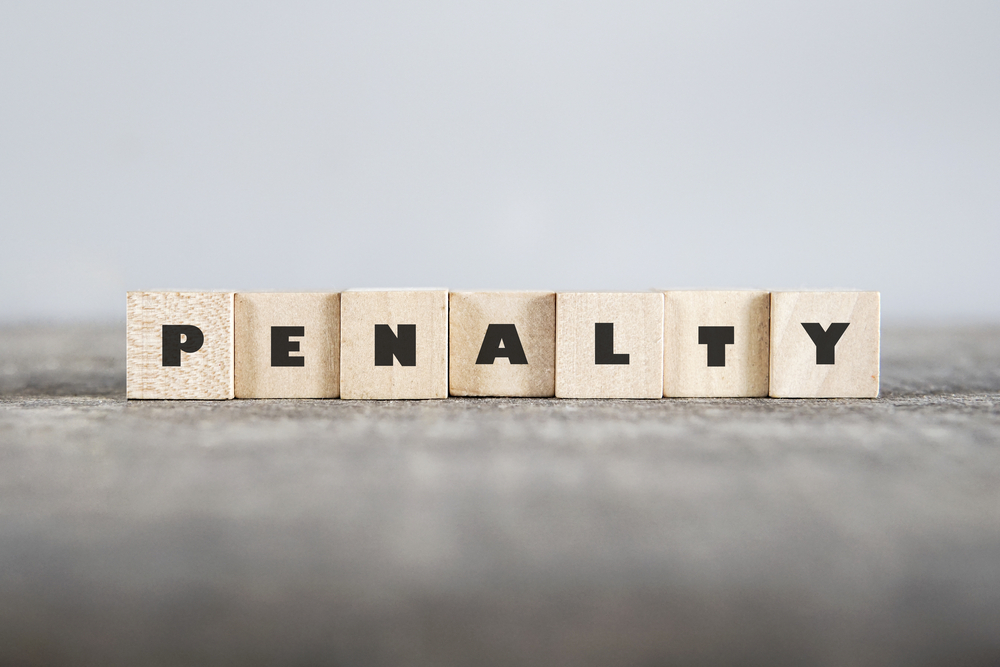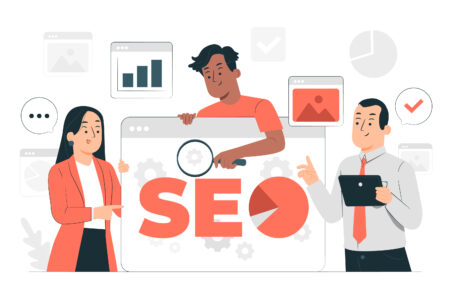5 minutes read

In the Google sphere, website quality is the prime determinant of visibility in search engine results. If you have a website that works to provide answers to the needs of internet users, Google will rank your website higher on its search results pages, whether what you offer is information, a service, a product, or something else entirely. However, if the search engine detects components on your site that fall within its range of frowned upon optimisation practices, it will penalise your website until you address the issue.
In the first part of our series, we pointed out the two kinds of penalties that Google places on websites: the manual penalty and the algorithmic penalty. A manual penalty is placed on a website by a member of the Google Search Quality Team if your site has components that are non-compliant to the website quality guidelines of Google.
On the other hand, an algorithmic penalty takes place when an algorithmic update designed to improve internet user quality experience reduces the visibility of a website due to its non-compliance to set parameters. Knowing the difference between these two penalties can help you determine what to do in case you are hit by one. Beyond knowing the two kinds of Google penalties, it is also important to understand what site components may incur a penalty if implemented incorrectly. That is what we will be talking about in the second part of this series. As discussed previously, Google looks at onsite and offsite structure to determine the quality of a website. For the onsite category, here are some of the most commonly penalised issues, in no particular order:
Hidden links and content:
Google has acquired a distaste for hidden content, which stems from a tactic by some webmasters in the past to game the system by stuffing a page with keywords and links, and then hiding it from plain sight. Often, this is done by matching the colour of the text font and links with the background colour of the page. To unaware users, the keyword and links are not visible, but the search engine is still able to read and index the keywords and links stuffed on the page. Techniques such as using redirects, scripts, and hidden text behind a ‘read more’ link also fall within hidden content.
Duplicated content:
While content is often published and shared across different platforms and avenues online, Google has the intelligence to determine and reward the original content and its producer. Scraping or, worse, stealing content from other sites online will only result in your website being penalised by Google for using duplicate content. Make sure that all the content on your site is original to avoid being penalised by algorithms such as Google Panda.
Going overboard with optimisation:
In a bid to make their websites more appealing to Google, some webmasters sometimes make the mistake of over-optimisation. This covers a wide variety of optimisation techniques, such as stuffing meta tags and alt tags with keywords, increasing the keyword density of on-page content beyond organic levels, and over-utilising headings. The natural keyword density of a page ranges between 1 per cent and 3 per cent. Densities that are above this range warrant suspicion in Google’s eyes.
Paid links:
Paid links are essentially links that are utilised to pass link juice from a higher ranking website to a lower ranking website in exchange for a specific payment. Head of the Google Webspam Team, Matt Cutts, clarifies that this is not limited to monetary exchanges between parties. Linking to another website for the purpose of flowing authority in exchange for anything that is closely similar to the value of money can be considered as paid linking, and this is something that is extremely frowned upon by Google. These are only a handful of the on-site factors that Google looks at to determine website quality. If you want to improve the on-site quality of your website, but have no idea how to do it, you can consult with the SEO experts at United SEO. We have a team of business consultants and account managers who can ensure your site is optimised according to the guidelines of Google.



 5 min read
5 min read



